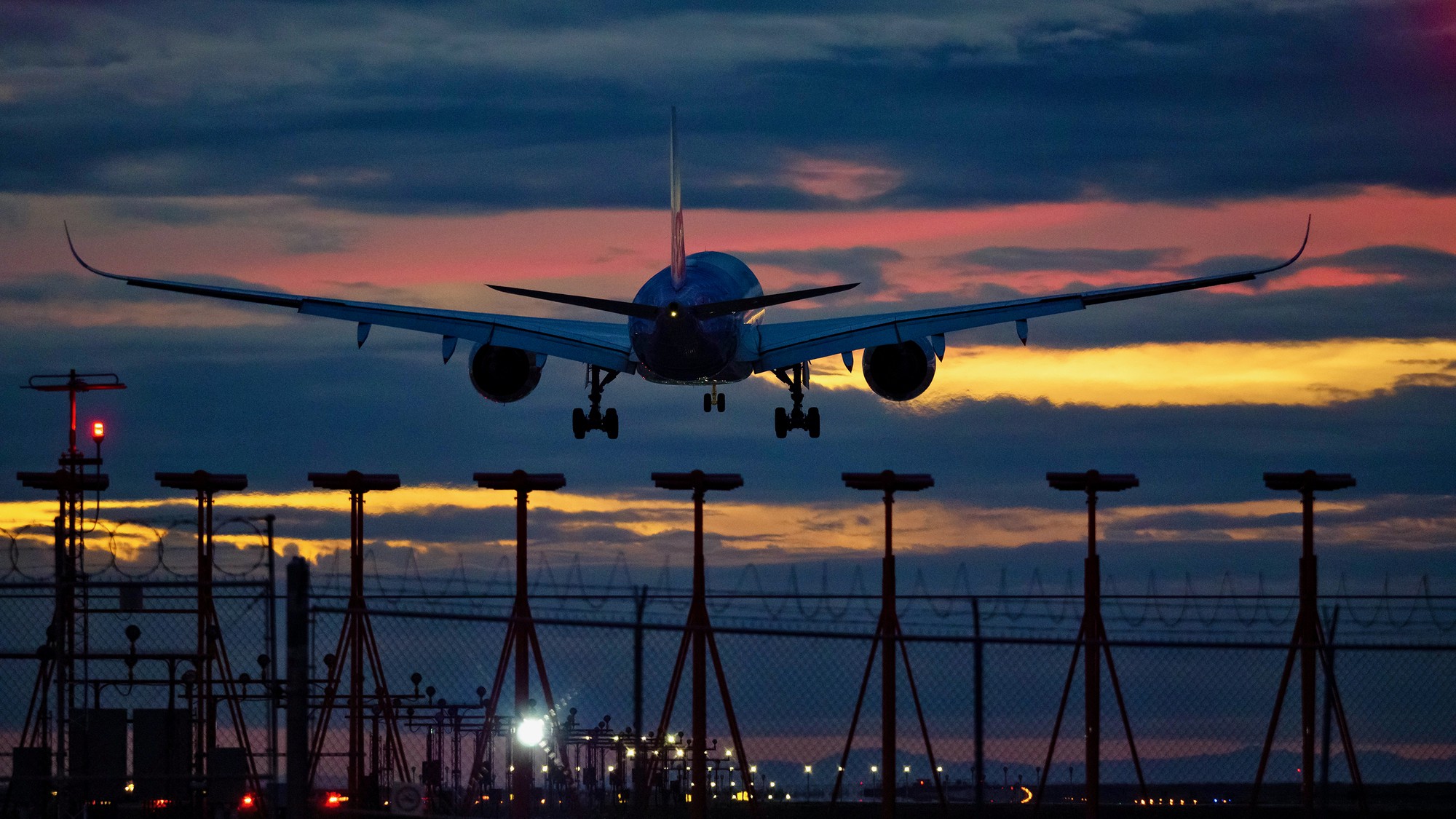As the seatbelt sign gleams overhead, and takeoff announcements play in-flight, nervous flyers understand there’s nowhere to go, but up.
Flight anxiety is an extremely common phenomenon, experienced by millions in Canada, alone.
Dr. Ian Shulman, a clinical psychologist specializing in flight anxiety, said flights are one of the few situations where people feel no sense of control.
“People have to end up sitting with their own stuff, their own feelings, their own thoughts,” Shulman said. “And that’s really uncomfortable.”
Shulman said people are masterful at avoiding discomfort day-to-day, through the use of cell phones, conversation, or even a change of environment. In an airplane though, he said there’s less opportunity to distract from anxious thoughts.
In an environment where control is non-existent, turbulence is bound to act as a trigger, and contribute to this anxiety.
“We can’t stop it,” Shulman said. “We don’t know how long it’s going to last, and then it could be really awful when it comes.”
Climate change is escalating the problem.
Isabel Smith, a PhD student at the University of Reading, is currently investigating changes in atmospheric turbulence using high resolution climate models. She said clear-air turbulence is increasing as a result of climate change.
Smith said clear-air turbulence occurs in cloud free environments, and is mainly related to the changes in wind speeds. She said three per cent of the atmosphere has light turbulence occurring within it, and this number is expected to increase.
Luckily, Smith said these percentages decrease with severity. She said the likelihood of encountering severe turbulence is only about a tenth of one per cent.
“Light turbulence is not life threatening,” Smith said. “It just means that it’ll be a much bumpier ride.”
But in recent years, people are quicker to perceive situations as dangerous, or disasterous, even when they pose no practical threat.
Shulman said societally, tolerance for discomfort has gone down since the COVID-19 pandemic.
“COVID and and a lot of things have made people more anxious, more distressed, less resilient, and less tolerant of discomfort,” he said.
Smith said while it is jarring, pilots can navigate their way out of clear-air turbulence quite easily.
“It’s like a pancake, really thin, but really wide,” he said. “They normally go above it so they’re out of it quite quickly, but it’s just that initial shock.”
Shulman said even light turbulence is enough to engage an anxious flyer’s fight-or-flight system. He said turbulence is not something we can anticipate, and its presence alone is enough to induce anxiety during a flight.
He said the human body is built to react to sudden changes in our environment. Shulman said even when any level of turbulence hits, our autopilot system flips off, and our alarm system turns on.
“The pilots all say the same thing, which is that turbulence is not dangerous, especially for airplanes,” he said. “Turbulence is just uncomfortable.”
Shulman said regardless, pilots try to avoid turbulent air in order to keep themselves, and their passengers comfortable.
While it may seem like a fool-proof solution, this poses another key issue.
Manoj Joshi, a professor of Climate Dynamics at the University of East Anglia, said with more turbulence in the air, avoiding it comes with consequences. He said changing routes to avoid turbulence results in higher fuel emissions, and more carbon being released into the atmosphere.
“At the minute, flights are a pretty small contributor to global warming, but they are predicted to become a much bigger contributor in future,” he said.
Joshi said one of the major reasons for climate change is the emission of carbon dioxide into the atmosphere from industrial sources.
Smith agrees. She said the aviation industry has no real way of stopping or reducing their emissions. With that said, these emissions will likely contribute to a further increase in turbulence levels over time.
“The unfortunate thing is [turbulence] is increasing with climate change, which increases the likelihood of encountering it,” she said. “It’s still pretty small, but the number is getting larger.”
This new combination of increased turbulence rates, and a lower tolerance for discomfort makes it much more likely for anxious flyers to be triggered inflight.
Thanks to climate change, this will undoubtedly be the case. But thankfully, there are ways to alleviate flight anxiety.
Shulman said there’s no one-size-fits-all solution to flight anxiety. That said, he works with his clients to develop an operator’s manual for their own bodies, to understand their own patterns and reactions to fear.
He said throughout the entirety of their lives, people are very good at distinguishing real alarms from false alarms. In a time where turbulence is increasing, he said people need to apply those same skills during a flight.
“Don’t avoid,” Shulman said. “Feel your feelings, and let yourself ride through them so that you can get to the other side.”

